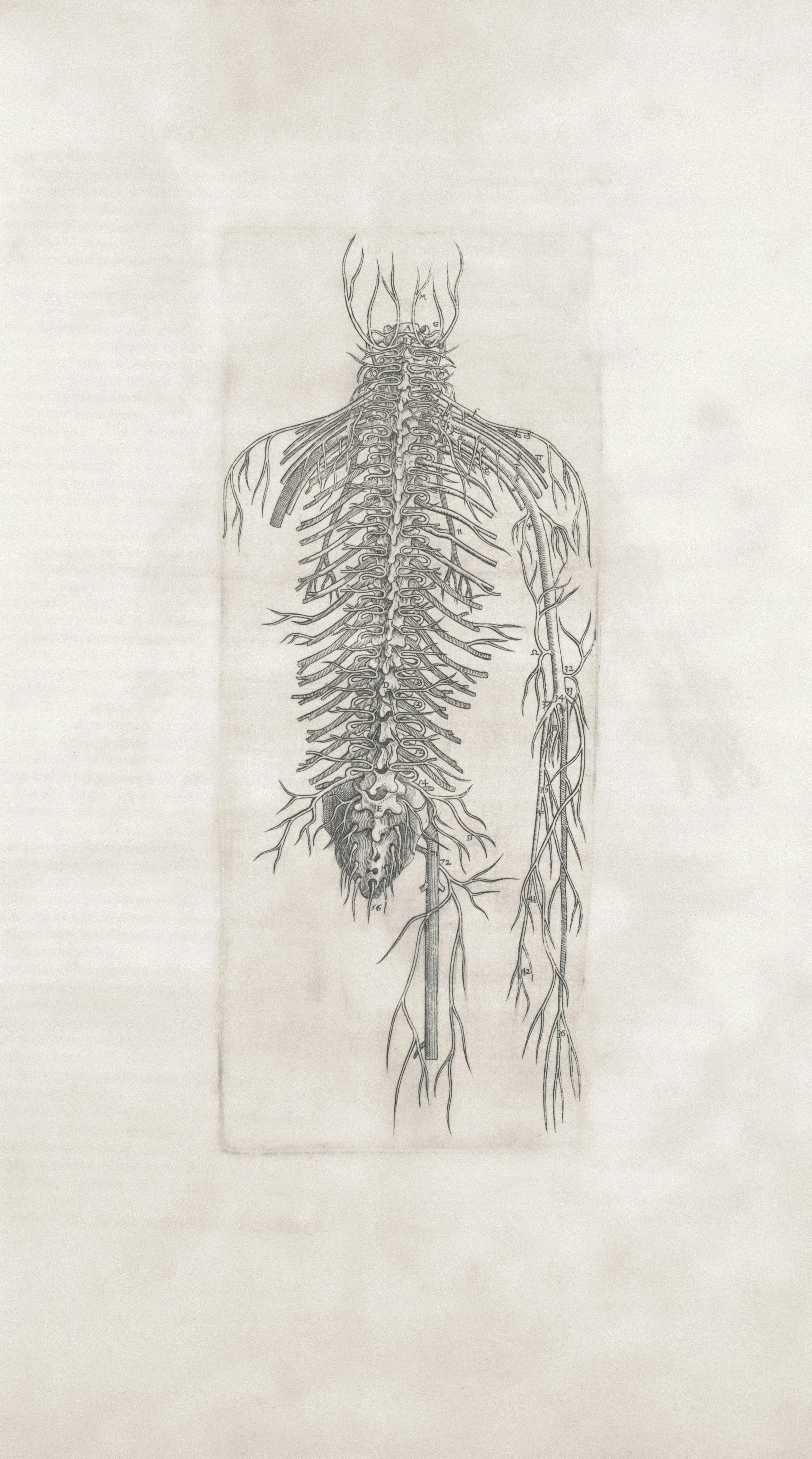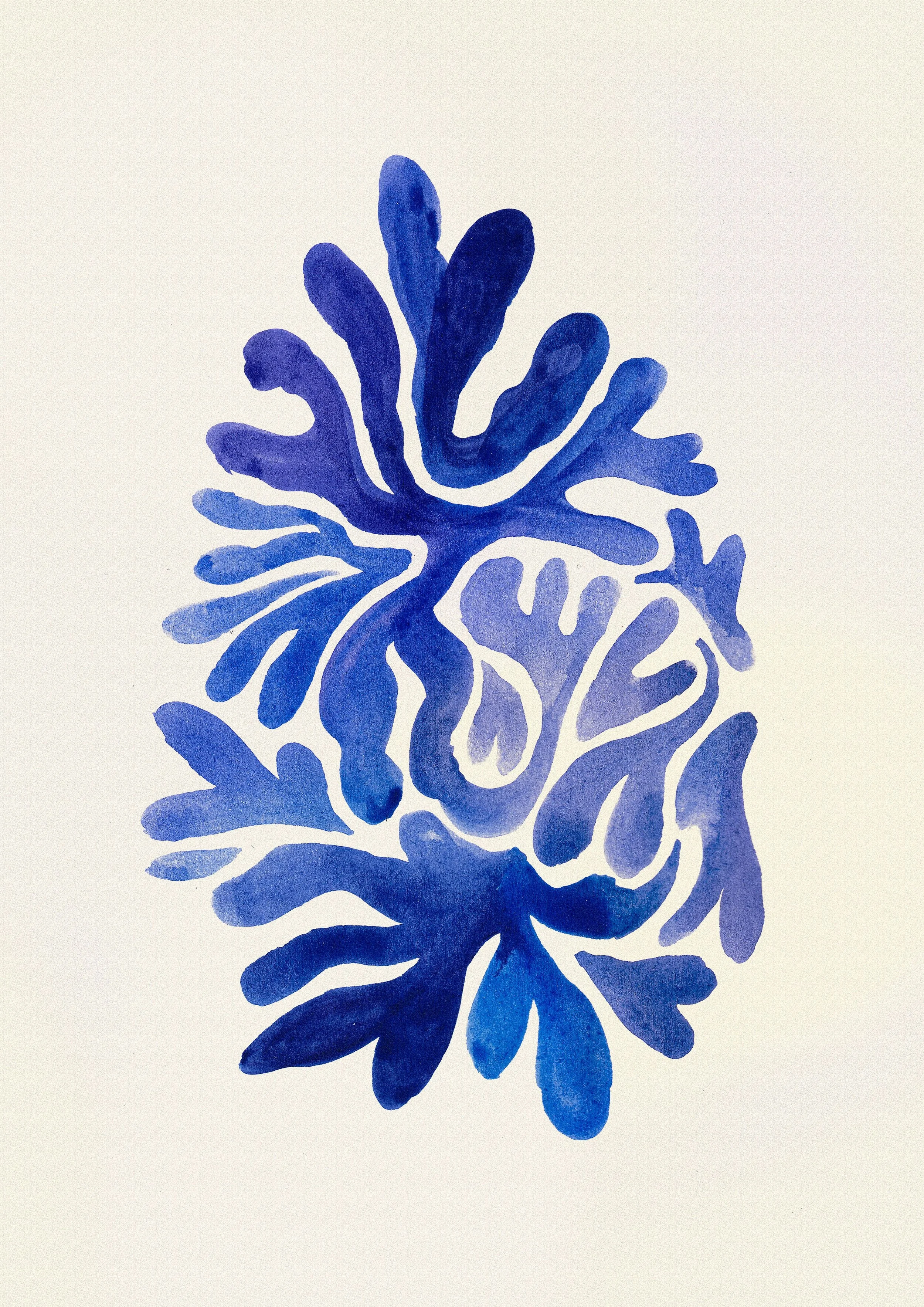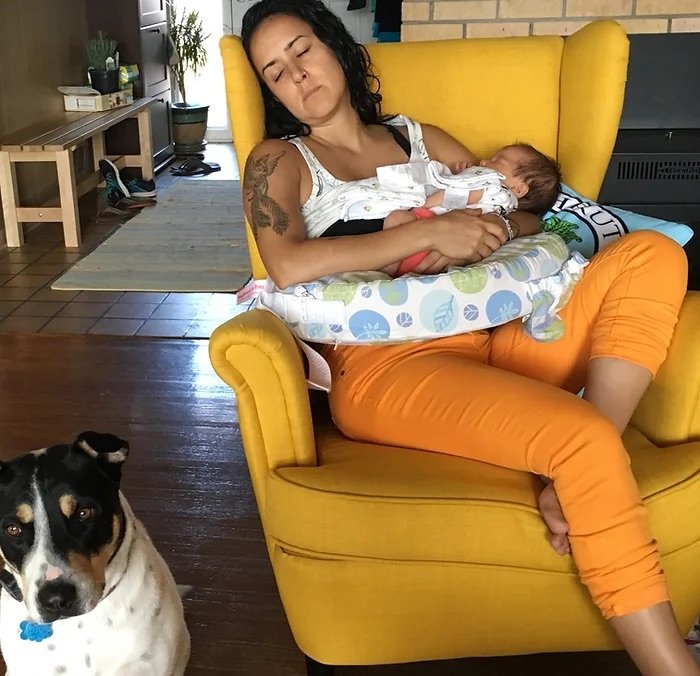
OUR BLOG
Curious, evidence-based, and sometimes personal—this blog dives deeper into all things pelvic health and life. From practical tips to stories that stick with you, it’s designed to inform, connect, and occasionally entertain. Take what you need, stay for what surprises you.

The Season of Gathering

From Surgery to Strength: Understanding Pain, Nervous System, and Recovery
Recovering from pelvic surgery can be overwhelming, especially when pain lingers longer than expected. But pain is not a sign of weakness, it’s a signal from your nervous system that your body is adapting to major change. From pre-hab to trauma-informed recovery strategies, this guide explains how your nervous system, sensory processing, and biopsychosocial factors influence healing, and how you can regain comfort, function, and confidence.

When Different Ways of Resting Retrains Your Brain (part 2)
Rest isn’t just sleep, and it’s not lazy. It’s a skill your brain can learn. Every intentional pause, every new way habit in your daily life, rewires your nervous system, strengthens your resilience, and restores your body, mind, and senses. Even when life feels impossible, rest is possible, and it’s powerful.

Why Myofascial Work Matters: The Missing Piece in Your Exercise, Rest, and Pelvic Floor Therapy
Feeling tight, tense, or stuck — even though you stretch, move, and sleep?
Your fascia might be the missing link.
Fascia is your body’s hidden communication and sensory web — when it’s tight, everything feels off: movement, rest, even your pelvic floor.
Myofascial work helps untangle that tension, calm your nervous system, and get your body talking to itself again.

When 8 Hours of Sleep Isn’t Possible: How to Use the 7 Types of Rest to Recharge (part 1)
“Just get more sleep.”
It sounds simple — but for anyone caring for a newborn, living with chronic pain, working night shifts, or recovering from trauma, it’s far from realistic.
Sleep is important, yes. But it’s only one type of rest your body and brain need.
In fact, there are seven types of rest — and most of them are accessible even when sleep isn’t.
This isn’t just self-care fluff. It’s nervous system regulation. It’s survival. And it’s where occupational therapy, especially in pelvic health, steps in to help you build rest into your real, everyday life.
Because rest isn’t a luxury. It’s how you heal.

DEAR OB: Next Time Clear Me for a Nap, Not Intercourse

What Easter Eggs Are in Your Basket?

Beyond Sleep: the 7 Types of Rest Every Postpartum Mom Needs
Need a little more info? Take our free self-screening tools.
HEALING STARTS WITH BEING HEARD...
Here, no topic is too awkward, no symptom too weird. We talk about the things others avoid, so you can finally get the care you actually deserve.
WHAT IF YOU COULD HAVE:
A body that feels like home—strong, steady, and undeniably yours, bringing you confidence and balance.
Sex that’s not just pain-free but deeply connected, authentic, and fully yours to enjoy without discomfort.
A surgery plan that prepares your body, supports recovery, and helps you reclaim strength through pre and post-op rehabilitation.
A postpartum journey that isn’t about bouncing back or returning to what was, but guides you into a stronger, more empowered version of yourself and redefining what comes next.
